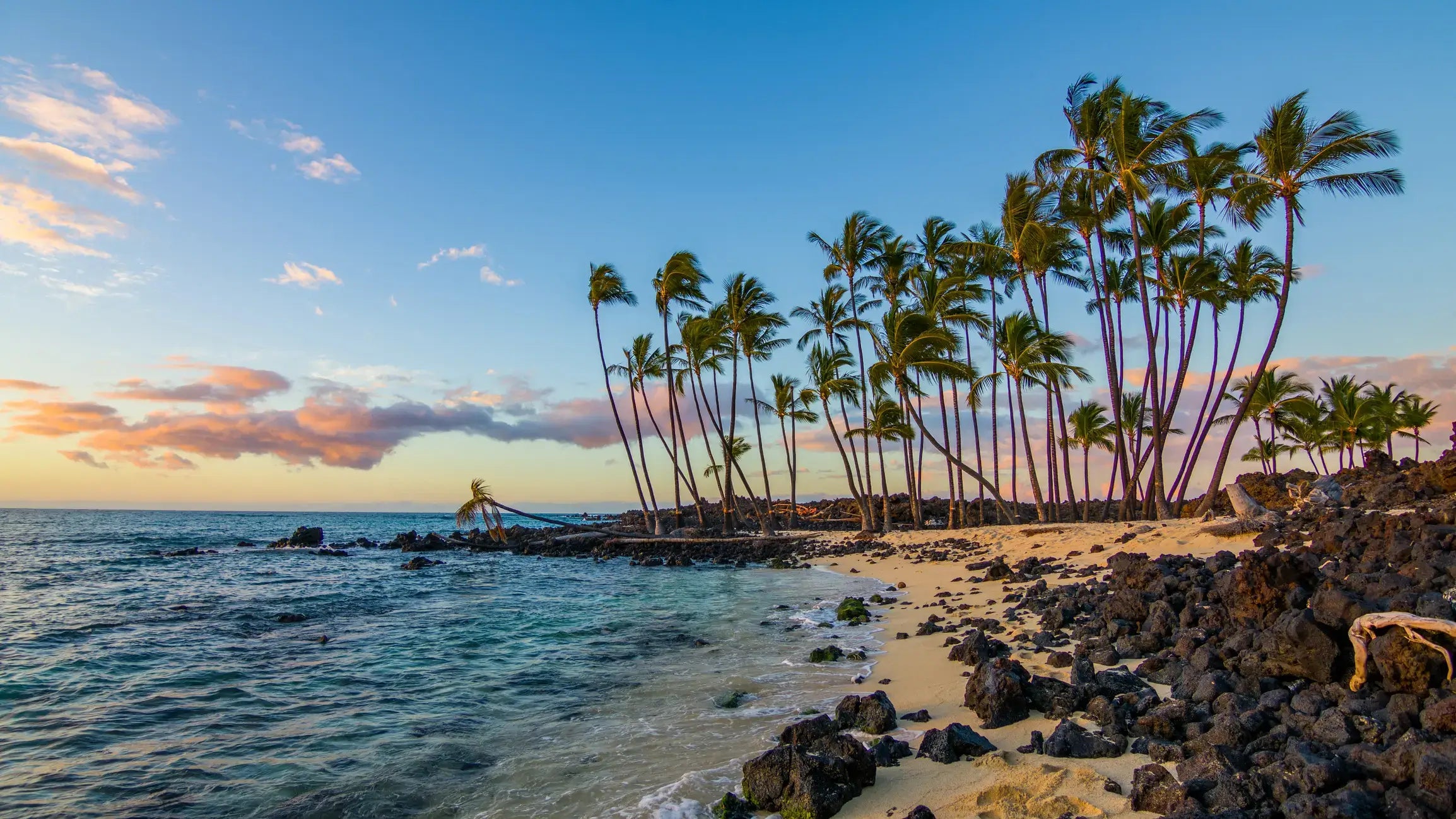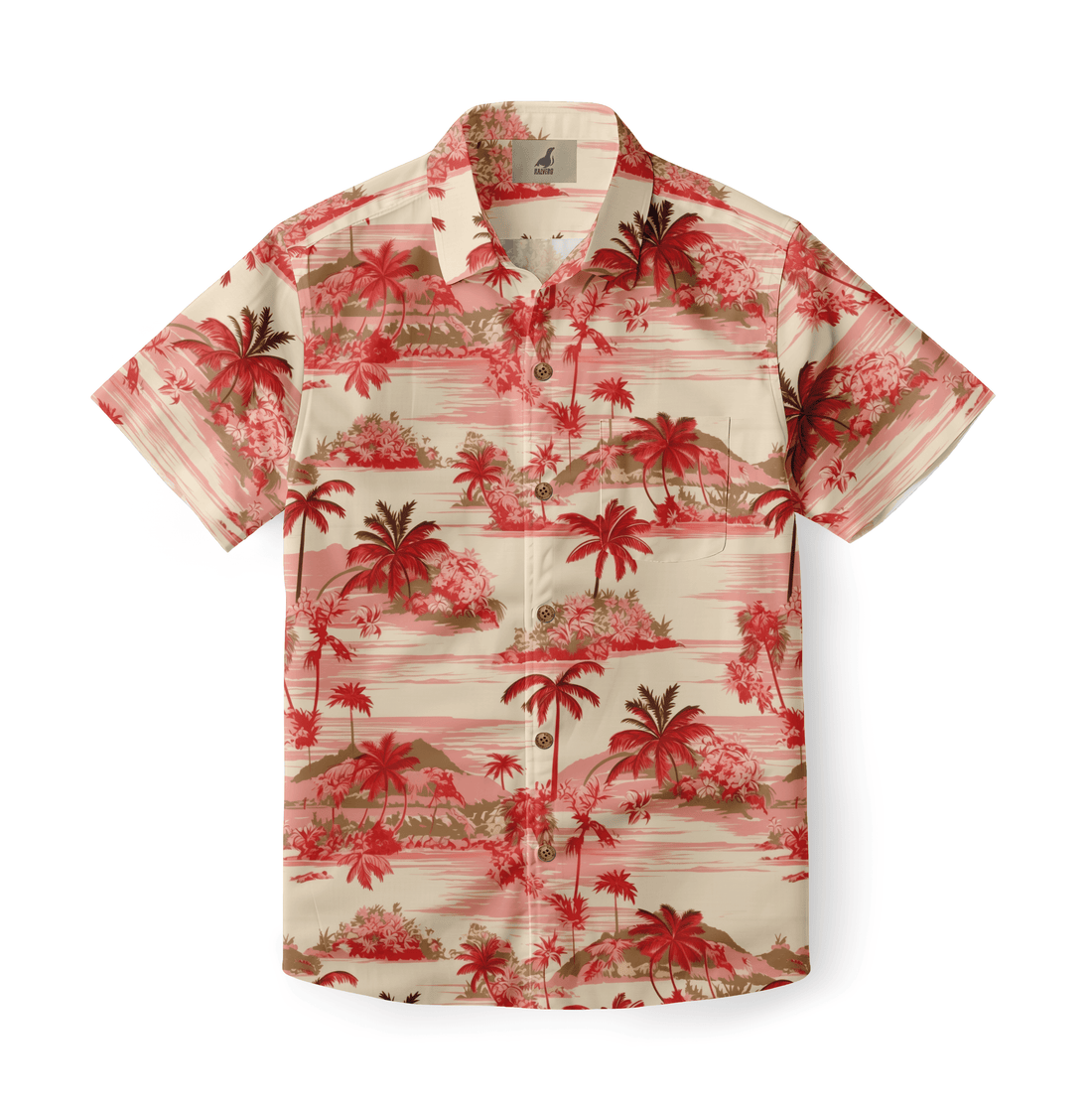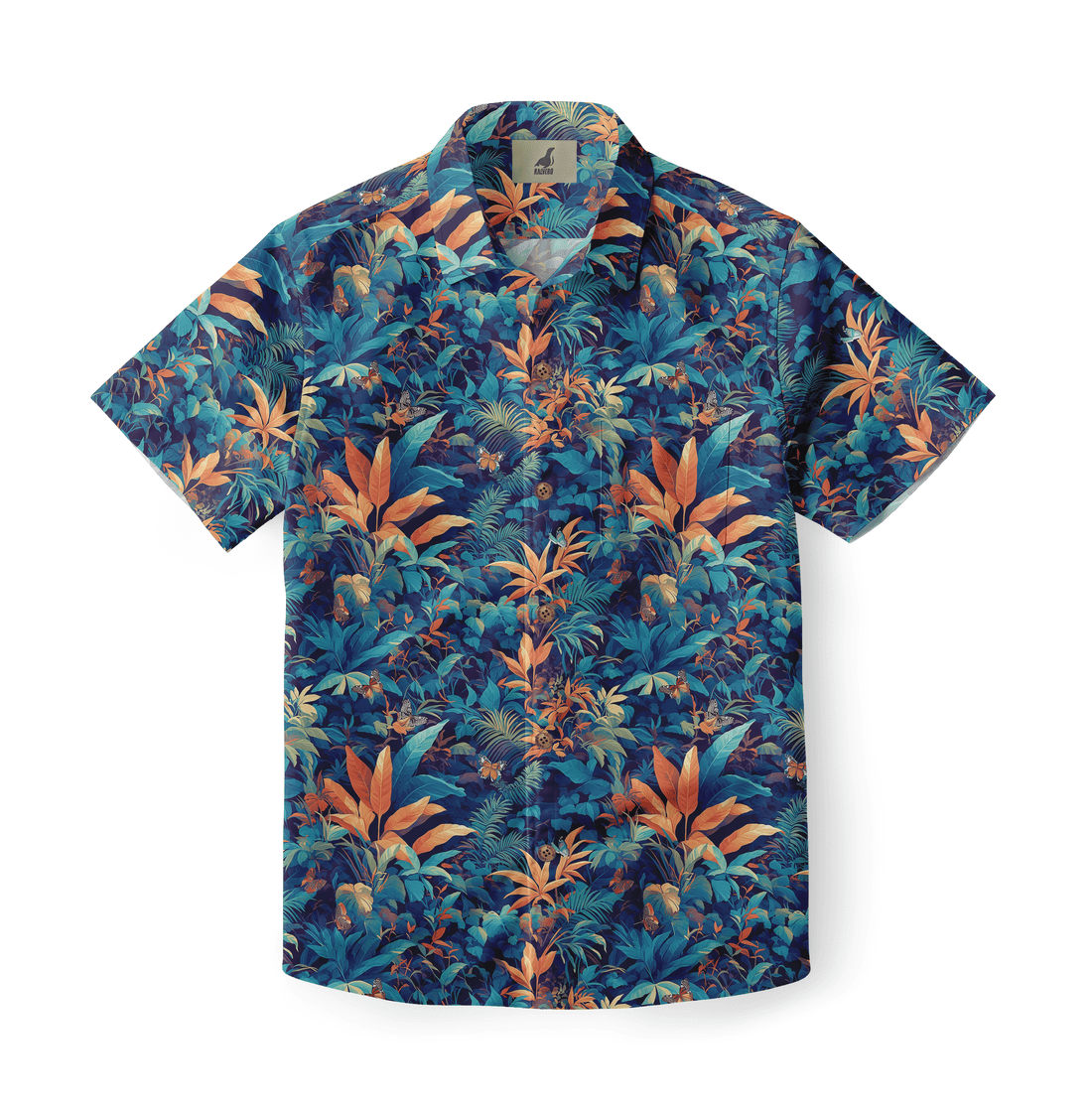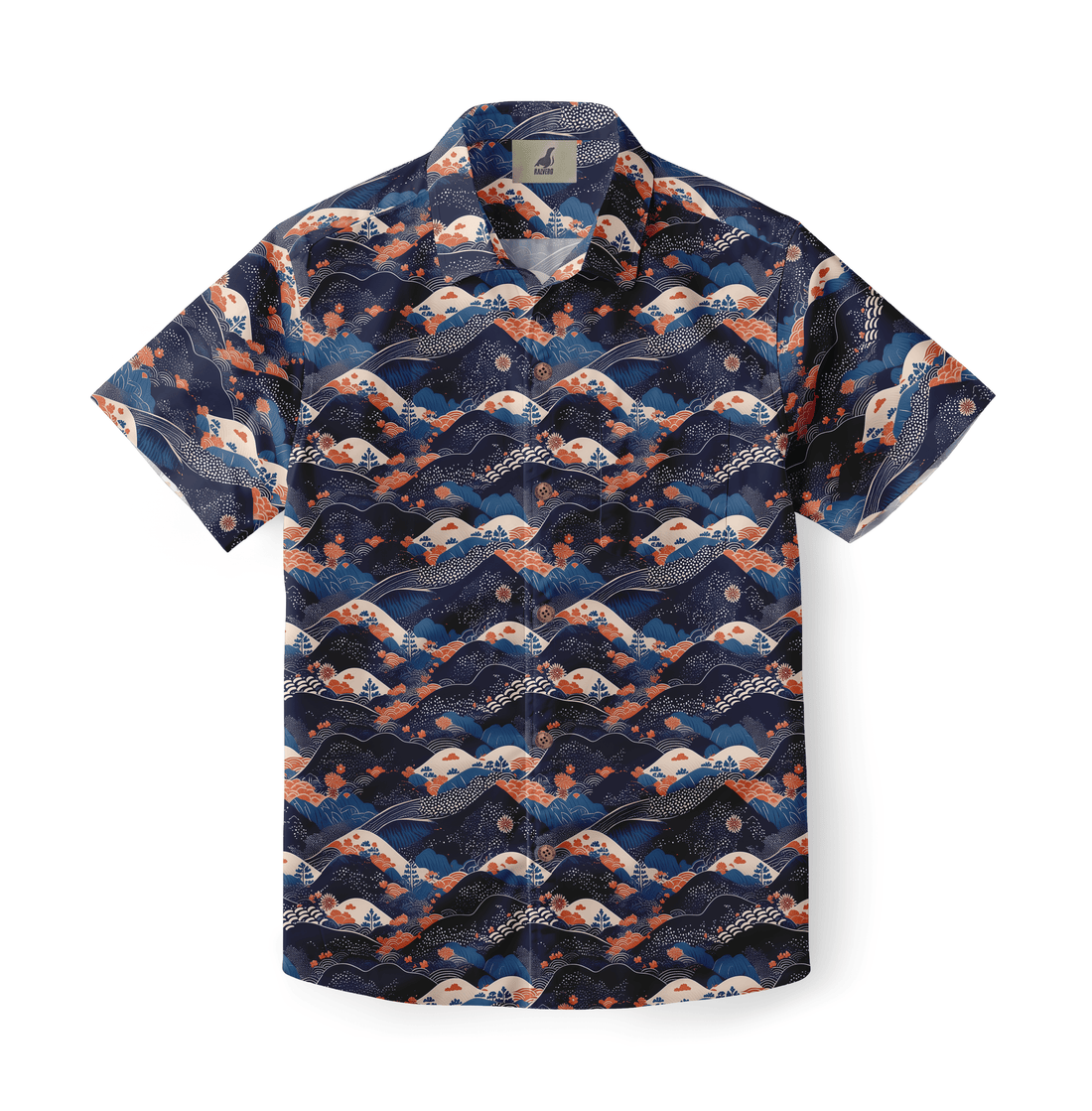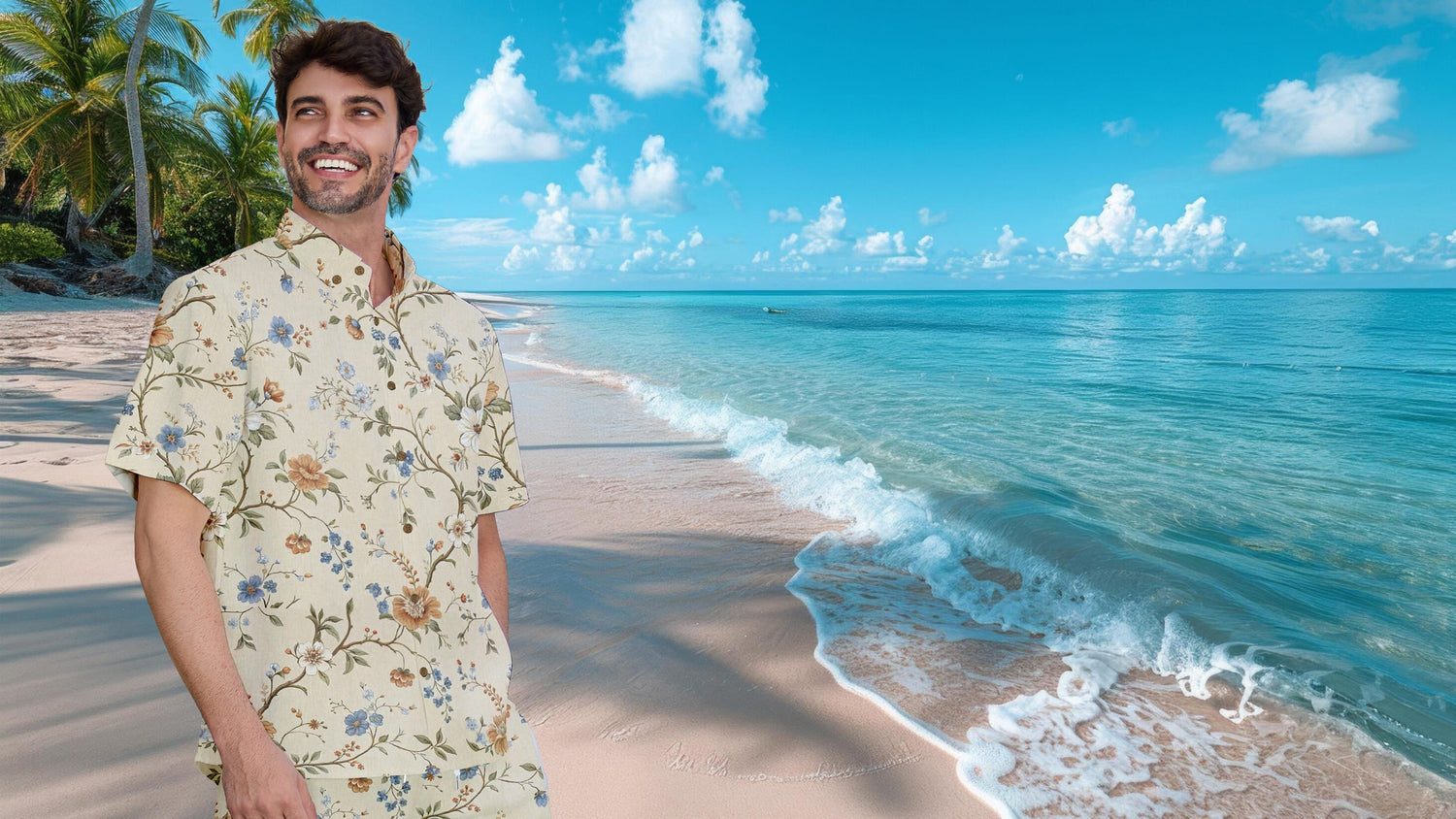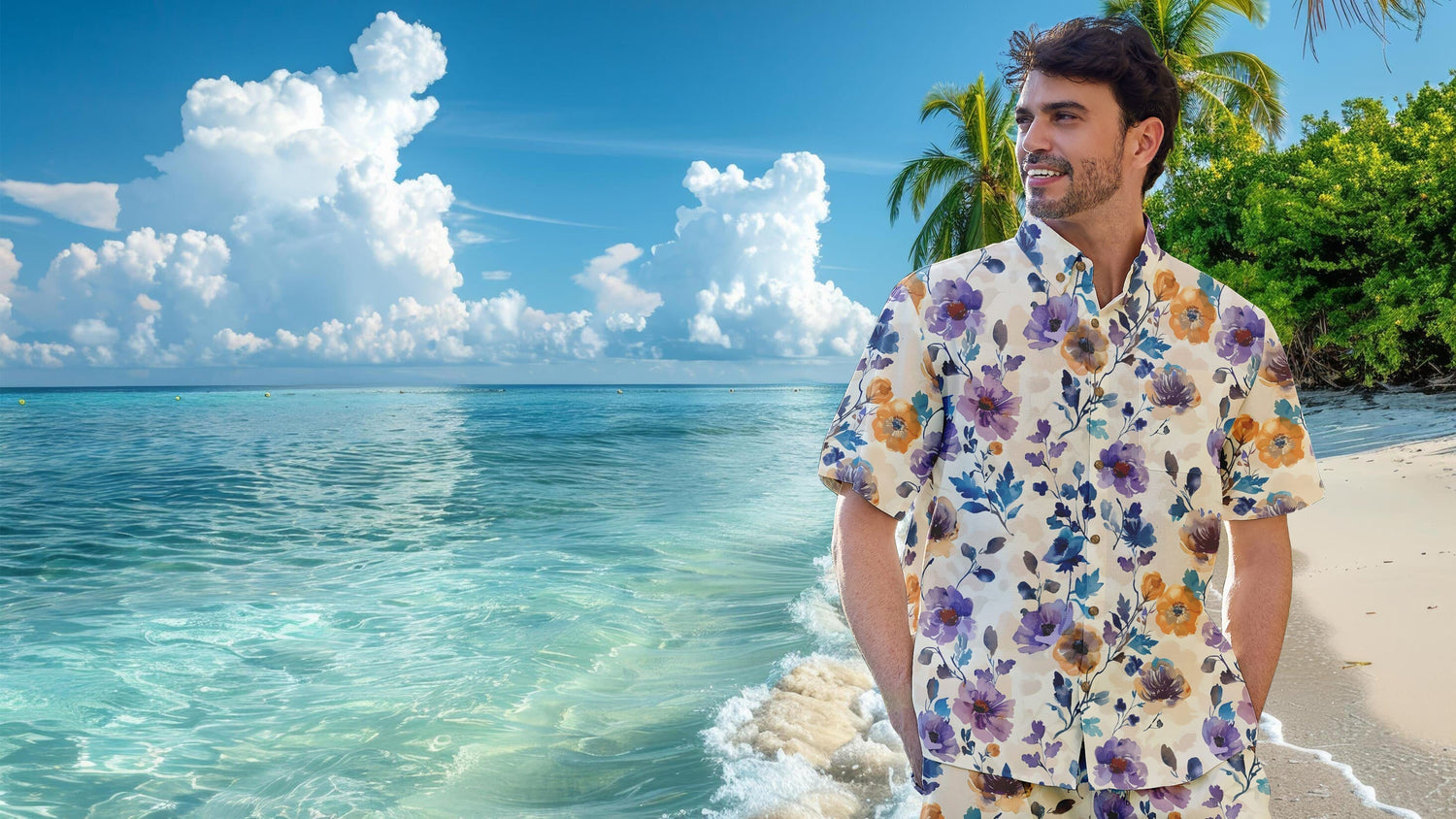Learning how to accessorize Hawaiian holoku dresses appropriately is essential for anyone who appreciates Hawaiian culture and wishes to honor its traditions. The holoku, a formal Hawaiian gown with a distinctive silhouette, originated in the 1820s when missionaries introduced Western clothing styles to the Hawaiian islands. What began as a modest adaptation of missionary attire evolved into an elegant symbol of Hawaiian heritage that continues to be worn at formal events, celebrations, and cultural ceremonies today. Proper accessorizing not only enhances the beauty of these magnificent dresses but also demonstrates respect for Hawaiian cultural traditions and practices. This comprehensive guide will explore traditional and contemporary accessories that complement holoku dresses while maintaining cultural authenticity and appropriateness for various occasions.
The Cultural Significance of Hawaiian Holoku Dresses
The holoku dress represents a fascinating chapter in Hawaiian cultural history, blending indigenous traditions with Western influences. Originally introduced by Christian missionaries in the 1820s as a modest alternative to traditional Hawaiian attire, the holoku quickly became integrated into Hawaiian royal court fashion. Hawaiian queens and chiefesses adapted these floor-length gowns, adding distinctive elements that reflected their cultural identity and royal status. By the late 19th century, the holoku had transformed from everyday missionary-inspired clothing into an elegant formal gown worn by Hawaiian nobility at important state functions and celebrations.
Today, the holoku continues to hold profound cultural significance as a symbol of Hawaiian heritage and identity. Modern Hawaiian women wear these graceful gowns at weddings, formal luaus, and cultural festivals to honor their ancestors and celebrate their cultural traditions. The holoku's evolution represents the resilience and adaptability of Hawaiian culture through periods of significant change. Understanding this rich history provides essential context for approaching the art of accessorizing these dresses with appropriate respect and cultural sensitivity.
Essential Accessories for Hawaiian Holoku Dresses
When considering how to accessorize Hawaiian holoku dresses appropriately, it's important to recognize that traditional Hawaiian accessories carry deep cultural meanings and significance. The most iconic accessories include lei (garlands), traditional jewelry crafted from natural materials, and hair adornments that complement the elegant silhouette of the holoku. Each accessory type has specific protocols regarding when and how they should be worn, reflecting Hawaiian cultural values and traditions that have been passed down through generations.
The selection of accessories should always be guided by cultural authenticity and appropriateness for the specific occasion. For formal events such as weddings or important ceremonies, more elaborate accessories made from precious materials might be suitable, while simpler, natural elements work better for less formal gatherings. The goal is to enhance the holoku's beauty while honoring the cultural traditions it represents. Accessories should never overwhelm the dress but rather complement its elegant lines and cultural significance with thoughtful, culturally appropriate choices.
How to Accessorize Hawaiian Holoku Dresses for Different Occasions
Knowing how to accessorize Hawaiian holoku dresses appropriately requires understanding the nuances of different social contexts and occasions. For highly formal events such as weddings, governmental ceremonies, or prestigious cultural celebrations, accessories should reflect the solemnity and importance of the occasion. Traditional heirloom jewelry pieces, maile lei (open-ended garlands of fragrant maile leaves), and elegant hair adornments made from precious materials would be appropriate choices that honor both the occasion and Hawaiian cultural traditions.
For semi-formal gatherings like graduation celebrations or community luaus, slightly less elaborate accessories might be more suitable while still maintaining cultural authenticity. Seasonal considerations also influence accessory choices, with certain flowers and plants being available and culturally appropriate during specific times of the year. The weather and setting—whether indoor or outdoor, daytime or evening—should also guide your accessory selections to ensure both comfort and appropriateness. In all cases, the accessories should enhance the holoku's elegance while demonstrating respect for Hawaiian cultural practices.
Traditional Jewelry for Hawaiian Holoku Dresses
Traditional Hawaiian jewelry represents one of the most significant ways to accessorize Hawaiian holoku dresses appropriately. These pieces often incorporate natural materials that hold special cultural significance, including shells, bones, seeds, and stones that connect the wearer to the natural environment of the islands. Niʻihau shell lei necklaces, made from tiny shells found only on the "Forbidden Island" of Niʻihau, are among the most precious traditional adornments, often passed down through generations as family heirlooms. Other important traditional jewelry includes kupe'e (bracelets) made from whale bone, dog teeth, or shells, and lei pōpō (ball lei) crafted from tiny shells or seeds.
Hawaiian heirloom jewelry, which emerged during the monarchy period in the late 19th century, represents another important category of traditional adornments. These distinctive gold pieces featuring black enamel and personalized engraving often display names, dates, or meaningful phrases in Hawaiian. The contrast between the gleaming gold and deep black enamel creates a striking complement to the flowing lines of a holoku dress. These pieces carry profound cultural and historical significance, often commemorating important life events or family connections that span generations of Hawaiian history.
Top Traditional Jewelry Pieces for Holoku Dresses
1.Niʻihau Shell Lei - These rare and valuable necklaces made from tiny shells found only on Niʻihau island represent the pinnacle of Hawaiian lei craftsmanship and are perfect for the most formal occasions.
2.Hawaiian Heirloom Jewelry - Gold pieces with black enamel featuring personalized engravings that often include Hawaiian names or meaningful phrases make elegant accessories for holoku dresses at formal events.
3.Kupe'e (Bracelets) - Traditional bracelets made from natural materials like shells, seeds, or carved bone complement the flowing sleeves of holoku dresses while connecting to Hawaiian traditions.
4.Palaoa (Whale Tooth Pendant) - Historically worn by aliʻi (royalty), modern versions carved from sustainable materials rather than actual whale ivory honor this tradition for very formal occasions.
5.Lei Pōpō (Ball Lei) - These intricate necklaces featuring tiny shells or seeds arranged in spherical clusters create a sophisticated accent for holoku dresses at cultural celebrations.
The selection of traditional jewelry should always be guided by cultural appropriateness and the specific occasion. These pieces connect the wearer to generations of Hawaiian cultural practices and should be worn with an understanding of their significance and proper protocols. When choosing traditional jewelry to accessorize Hawaiian holoku dresses appropriately, consider both the formality of the event and your personal connection to Hawaiian heritage.
The Art of Selecting Leis for Hawaiian Holoku Dresses
Learning how to accessorize Hawaiian holoku dresses appropriately must include understanding the cultural significance of lei, which are much more than mere decorative garlands in Hawaiian culture. These beautiful creations symbolize love, respect, celebration, and honor, making them perfect companions to the elegant holoku. Different types of lei carry specific meanings and are appropriate for different occasions, from the fragrant maile lei traditionally reserved for important ceremonies to colorful flower lei for celebrations. The materials, construction methods, and presentation of lei all follow cultural protocols that have been preserved through generations of Hawaiian tradition.
When selecting a lei to complement a holoku dress, consider both the occasion and the specific style and color of your dress. The lei should enhance rather than compete with the holoku's design elements. For formal events where holoku dresses are most commonly worn, traditional lei made from maile leaves, white ginger, or pikake (Hawaiian jasmine) offer elegant, fragrant options that respect cultural traditions. The length of the lei is also important—traditional styles often extend to mid-chest or longer, creating a graceful line that complements the flowing silhouette of the holoku dress.
Lei Types and Appropriate Occasions for Holoku Dresses
| Lei Type | Materials | Appropriate Occasions | Cultural Significance |
| Maile Lei | Fragrant maile vine leaves | Weddings, graduations, important ceremonies | One of the oldest and most sacred lei types, symbolizes respect and honor |
| Pikake Lei | Hawaiian jasmine | Weddings, formal celebrations | Associated with royalty, represents love and romance |
| Haku Lei | Flowers and foliage woven into a band | Special celebrations, formal events | Worn as a crown, symbolizes achievement and celebration |
| Kukui Nut Lei | Polished kukui nuts | Formal events, governmental functions | Represents enlightenment and guidance, appropriate for dignified occasions |
| Ilima Lei | Delicate orange ilima flowers | Royal ceremonies, special honors | Historically reserved for royalty, symbolizes special status |
The selection of the appropriate lei represents an important aspect of Hawaiian cultural protocol. When wearing a holoku dress for a significant occasion, the lei you choose communicates your understanding of and respect for Hawaiian traditions. The materials, construction, and presentation of the lei should align with the formality of the event and the cultural context in which the holoku is being worn. By selecting the right lei, you enhance not only your appearance but also your connection to the rich cultural heritage that the holoku dress represents.
Modern Accessories That Complement Hawaiian Holoku Dresses
While traditional accessories remain the most culturally appropriate choices, contemporary accessories can also complement holoku dresses when selected thoughtfully. Modern interpretations of Hawaiian jewelry often incorporate traditional elements and materials in updated designs that honor cultural heritage while appealing to contemporary aesthetics. These might include sterling silver pieces inspired by traditional motifs, semi-precious stones in colors that complement the holoku, or refined versions of traditional seed and shell jewelry created by contemporary Hawaiian artisans who understand the cultural significance behind their creations.
Footwear and handbags present opportunities to balance tradition with practicality when considering how to accessorize Hawaiian holoku dresses appropriately. For formal events, elegant sandals or low heels in neutral colors allow the holoku to remain the focal point while providing comfort for long ceremonies or celebrations. Small, structured evening bags or clutches in complementary colors or natural materials like woven lauhala (pandanus leaves) offer functional elegance without detracting from the holoku's cultural significance. Hair accessories such as fresh flowers, subtle combs, or pins with pearl or shell accents can complete the ensemble while respecting the holoku's traditional context.
How to Accessorize Hawaiian Holoku Dresses While Respecting Cultural Heritage
Approaching the question of how to accessorize Hawaiian holoku dresses appropriately requires a fundamental understanding of the difference between cultural appreciation and appropriation. Cultural appreciation involves learning about and honoring Hawaiian traditions with respect and acknowledgment of their origins and significance. This means researching the cultural context of accessories, understanding their proper use, and recognizing the privilege of participating in cultural practices that are not your own. Cultural appropriation, by contrast, involves taking elements from a culture without permission, understanding, or respect—often commercializing or trivializing important cultural symbols.
For non-Hawaiians wearing holoku dresses and their accompanying accessories, certain guidelines can help ensure respectful participation in Hawaiian cultural practices. First, approach the wearing of Hawaiian cultural attire with humility and a genuine desire to honor rather than simply adopt its aesthetic elements. Second, purchase accessories from Native Hawaiian artisans when possible, supporting the perpetuation of traditional crafts and ensuring cultural authenticity. Third, be open to guidance from those with cultural knowledge, accepting correction graciously if offered. Finally, take time to learn about the specific meanings and protocols associated with different accessories, wearing them in appropriate contexts and with proper respect for their cultural significance.
Conclusion and Final Tips on How to Accessorize Hawaiian Holoku Dresses
Understanding how to accessorize Hawaiian holoku dresses appropriately represents an important way to honor Hawaiian cultural heritage while creating a cohesive and elegant ensemble. Throughout this guide, we've explored the rich cultural history of the holoku dress and the various traditional and contemporary accessories that can complement it for different occasions. From precious heirloom jewelry to meaningful lei selections, each accessory choice offers an opportunity to connect with Hawaiian cultural traditions and demonstrate respect for their significance and protocols.
As you select accessories for your holoku dress, remember that cultural context should always guide your choices. Consider the formality of the occasion, the specific style of your holoku, and your personal connection to Hawaiian heritage. Seek guidance from knowledgeable cultural practitioners when possible, and approach the wearing of Hawaiian cultural attire with respect and appreciation rather than simply as a fashion statement. By accessorizing thoughtfully and appropriately, you honor not only the beauty of Hawaiian cultural traditions but also their continuing significance in contemporary Hawaiian life.
FAQ: How to Accessorize Hawaiian Holoku Dresses Appropriately
What is the most important cultural consideration when accessorizing a holoku dress?
The most important consideration is understanding the cultural significance of both the holoku and its traditional accessories. Each accessory carries specific meanings and protocols in Hawaiian culture. Before selecting accessories, learn about their traditional uses, appropriate occasions, and cultural significance. This knowledge demonstrates respect for Hawaiian heritage and ensures you're honoring rather than appropriating cultural elements. When possible, seek guidance from those with cultural knowledge who can provide context and advice specific to your situation and the occasion.
Can non-Hawaiians wear traditional accessories with holoku dresses?
Yes, non-Hawaiians can wear traditional accessories with holoku dresses when done with proper respect and cultural understanding. The key is approaching Hawaiian cultural practices with humility and appreciation rather than entitlement. Take time to learn about the cultural significance of accessories, purchase from Native Hawaiian artisans when possible, and wear these items in appropriate contexts. Be open to guidance and correction from those with cultural knowledge, and remember that wearing Hawaiian cultural attire is a privilege that comes with responsibility to honor its traditions and protocols.
How do I choose between traditional and modern accessories for my holoku dress?
The choice between traditional and modern accessories should be guided by several factors: the formality and nature of the occasion, your personal connection to Hawaiian culture, and the specific style of your holoku dress. For significant cultural events or formal ceremonies, traditional accessories demonstrate respect for Hawaiian protocols. For less formal occasions, thoughtfully selected modern accessories that honor Hawaiian aesthetic traditions might be appropriate. The best approach often combines elements of both—perhaps traditional lei with contemporary jewelry that incorporates traditional motifs or materials. Whatever your choice, ensure it comes from a place of cultural respect and understanding.

